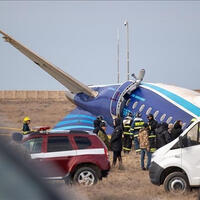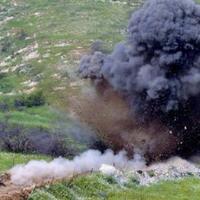Western media talk on might of Azerbaijani Armed Forces and new realities in region
The 44-day Patriotic War restored justice, as well as the international rights of Azerbaijan.
Azerbaijan, the territories of which were under Armenian occupation for many years and which showed strategic patience for the peaceful resolution of the conflict, eventually ensured its territorial integrity within the international law, alone, at the expense of the ‘Iron Fist,’ the courage of its armed forces, the heroism of its sons, whose hearts are filled with love for homeland.
So, even those who, over the past 30 years, turned a blind eye to the continuing military occupation of Azerbaijan by Armenia, encouraged Armenian lies, weren’t to make illegal visits to the occupied Azerbaijani territories, today cannot fail to notice the new realities that have arisen as a result of Azerbaijan’s victory in the Second Karabakh War. These persons, demonstrating one-sidedness, bias, boundless ‘love for the Armenians,’ recognize the power of the Azerbaijani army and even assess these new realities as ‘the emergence of new powerful states that will challenge the military superiority of the West.’
In this regard, one cannot but pay attention to an article by researchers Pierre d’Herbes and Charles de Blondin, who take a pro-Armenian stance, recently published on the famous Swiss website Le Temps.
This article, demonstrating a traditionally biased position, describes in detail the combat skill of the Azerbaijani Armed Forces, the new geopolitical realities created by Azerbaijan’s victory in the Patriotic War, and the strength of the Azerbaijani army.
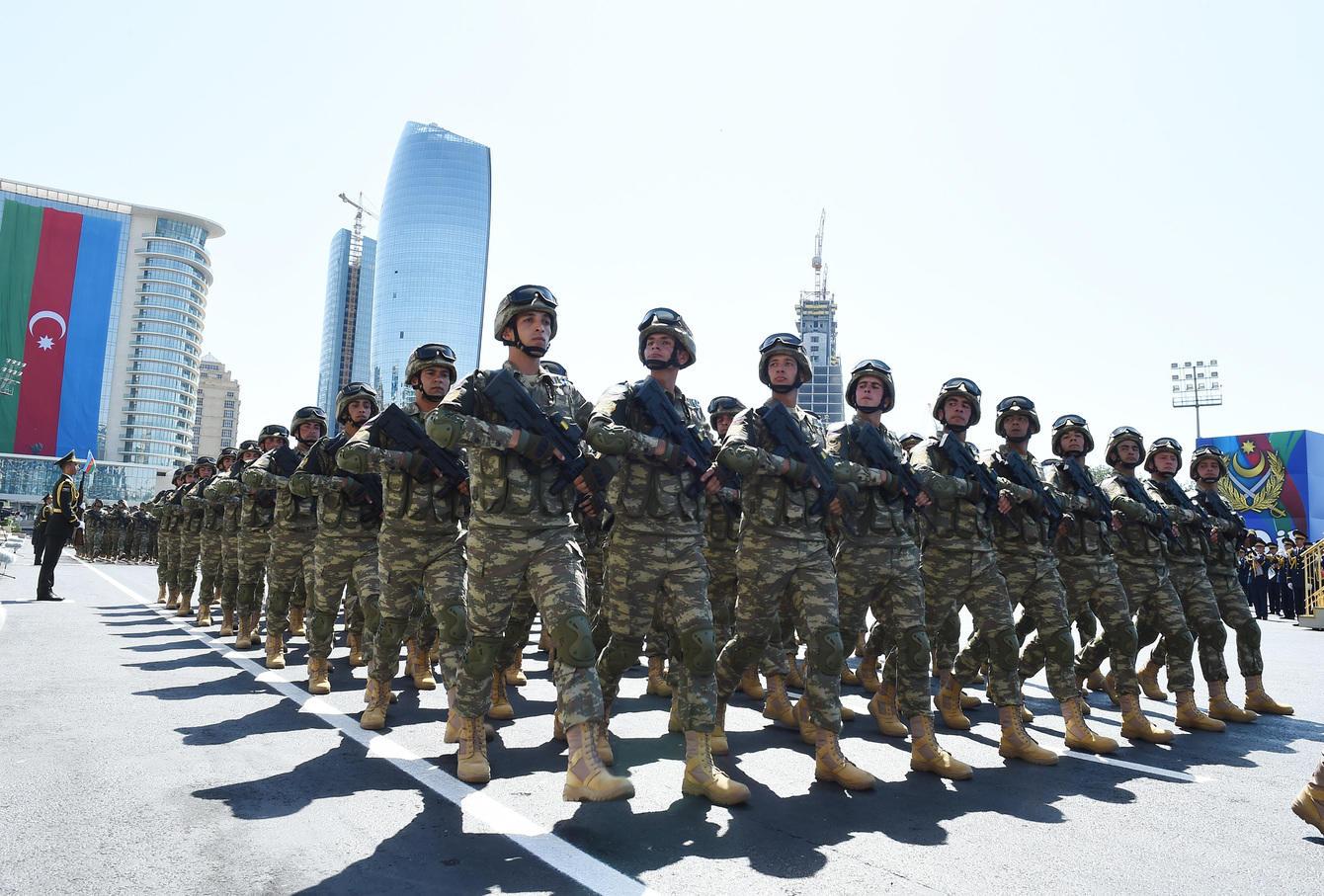
The article emphasizes that in recent years, new power states have emerged that can challenge the military superiority of the West and that in response, the French army has created a new set of doctrines.
It is also noted that the difference in defense budgets between Azerbaijan and Armenia was decisive, and the range of combat capabilities of the Armed Forces of Azerbaijan was broader and more flexible.
In addition, it is also stressed that Azerbaijan’s success has been achieved mainly thanks to a modern networked command and control structure that unites integrated air defense, missile defense, aerospace-based reconnaissance, and surveillance systems. It is emphasized that this, in turn, made it possible to effectively and efficiently use different types of unmanned aerial vehicles (tactical, strategic, etc.) for various kinds of operations (reconnaissance and surveillance, tactical bombing, support for ground forces).
The article notes that airstrikes became decisive during the war, and drones were more important than combat aircraft in these types of strikes.
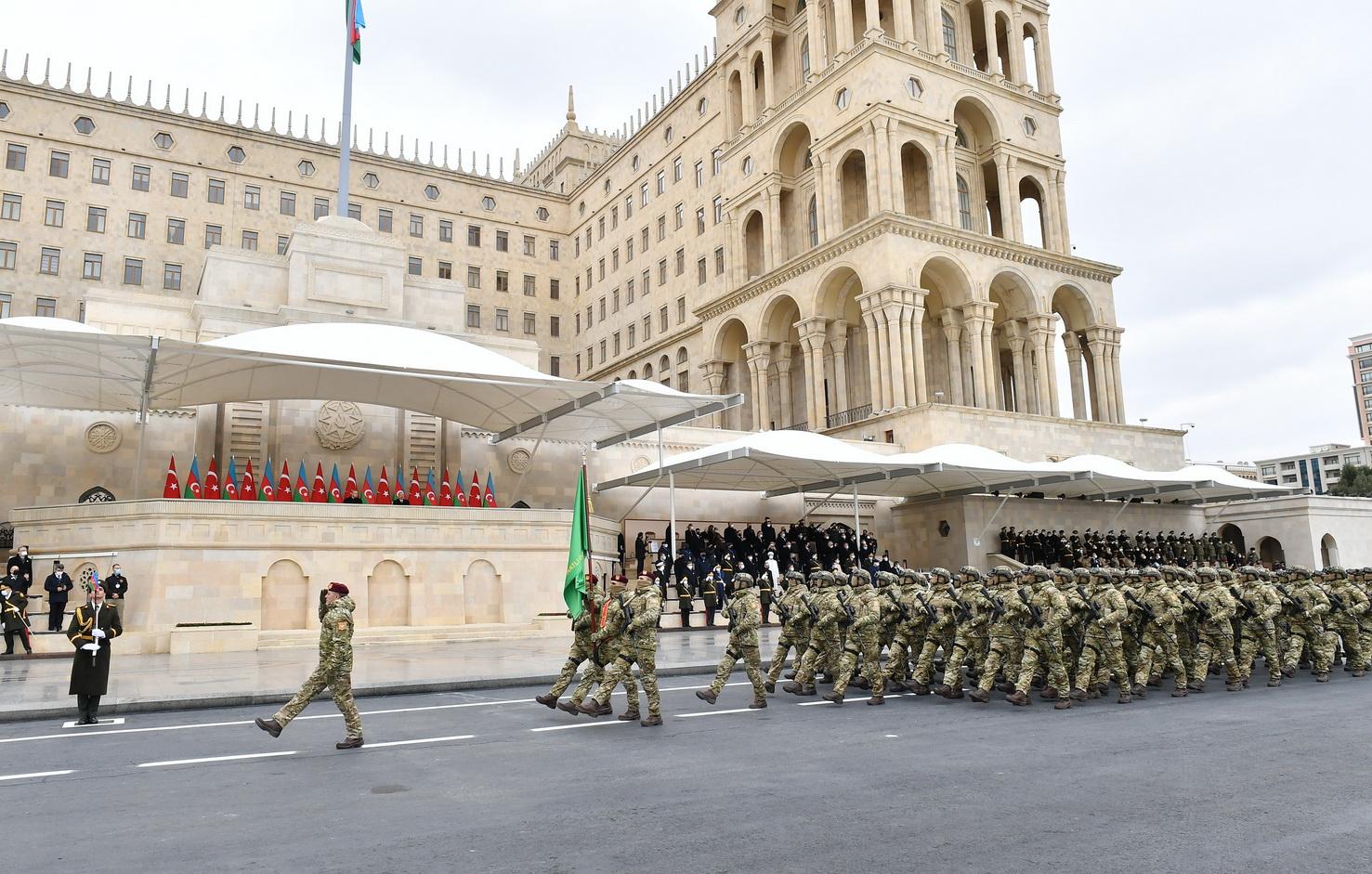
Also, stressing that from the first days of the war, the destruction of enemy air defense systems was a priority for the Azerbaijani Armed Forces, it was noted that the air defense systems of the Armenian side were poorly protected, and the Armenian formations very soon found themselves defenseless against air attacks.
The study’s authors note that the ineffectiveness of the command and control abilities of the Armenian side revealed shortcomings in the decision-making process. It is noted that the losses of the Armenian forces were very great. They lost several hundred guns, vehicles, and tanks.
The article says that Western states are no longer the only users of high-tech weapons and that Azerbaijan has military capabilities that can respond to a broader range of operations than many EU countries. It is emphasized that Azerbaijan has an army that can theoretically defeat the armed forces of most European countries in the conflict, except for France and the UK.
Bütün xəbərlər Facebook səhifəmizdə
Other news

Latest news
Head of Azerbaijan's State Committee: Tolerance, multiculturalism - guarantee of prosperous future
Politics 24 Dekabr 17:44Ambassador: Israel committed to strengthening cooperation with Azerbaijan
Politics 24 Dekabr 17:14Bahar Muradova: Religious advocacy can curb early marriages, domestic violence
Social 24 Dekabr 16:50Safi Arpagus: Important for religious institutions to act together
World 24 Dekabr 16:23President attends opening of second residential complex in Aghdam, meets with residents
Social 24 Dekabr 15:50President of Uzbekistan makes phone call to Ilham Aliyev
World 24 Dekabr 15:21Muzaffar Kamilov: Azerbaijan's experience in state-religious relations deserves special attention
Politics 24 Dekabr 14:48President Ilham Aliyev attends inauguration of Victory Park in Khankandi
Social 24 Dekabr 14:00Vladimir Putin congratulates Ilham Aliyev
Politics 24 Dekabr 13:31Libya will send experts to Ankara to investigate plane crash
Event 24 Dekabr 12:39Red Hearts Foundation has impacted thousands of lives over five years
Economy 24 Dekabr 11:35US Supreme Court has blocked Trump from deploying National Guard troops to Chicago
World 24 Dekabr 11:26Libya says top general, 4 others killed in airplane crash in Türkiye
World 24 Dekabr 10:45Mehriban Aliyeva shares post on occasion of birthday of President Ilham Aliyev
Social 24 Dekabr 09:32Today marks 64th birthday of Azerbaijani President Ilham Aliyev
Social 24 Dekabr 09:00The Children’s Paralympic Games held with the support of Azercell
Social 23 Dekabr 18:17Office furniture and accessories production facility opened in Ballija village of Khojaly
Economy 23 Dekabr 17:48Khankendi-1 Substation commissioned
Economy 23 Dekabr 17:33Ilham Aliyev attended inauguration of Faculty of Business and Economics building at Garabagh University
Education 23 Dekabr 17:19Ilham Aliyev attended opening of metal electric pole production facility in Aghdam
Economy 23 Dekabr 17:05President Ilham Aliyev met with residents relocated to Karkijahan settlement
Social 23 Dekabr 16:57Nar and Netty awarded the best digital initiatives of the year
Technology 23 Dekabr 16:53President laid foundation stone for Engineering Faculty building of Garabagh University in Khankendi
Education 23 Dekabr 16:52Secondary School No. 1 in Karkijahan settlement opened after major renovation
Education 23 Dekabr 16:27Ilham Aliyev visited Karkijahan settlement in Khankendi
Social 23 Dekabr 16:10Minister Nabiyev: Digital environment brings both opportunities and risks for children
Technology 23 Dekabr 15:44Bakcell is the innovation partner for the "Media Literacy"Conference
Technology 23 Dekabr 15:31Bahar Muradova: Children face risks in unsafe digital environment
Social 23 Dekabr 15:12UN official stresses importance of children's safety in digital world
Social 23 Dekabr 14:34President Ilham Aliyev visits Karkijahan settlement in Khankendi
Social 23 Dekabr 14:11AZAL: Investigations into plane crashes may last for years
Event 23 Dekabr 13:47Azerbaijan to establish school in Istanbul
Education 23 Dekabr 13:15Azerbaijani Parliament congratulates President Ilham Aliyev on his birthday
Politics 23 Dekabr 12:50Kazakh President congratulates Azerbaijani counterpart on his birthday
Politics 23 Dekabr 12:26Trump calls The New York Times a threat to national security
World 23 Dekabr 11:48Car hits people waiting to watch a parade in a Dutch town, injuring 9
Event 23 Dekabr 11:11Street in Ankara named after Uzeyir Hajibayli
Culture 23 Dekabr 10:52Two international flights make emergency landings at Heydar Aliyev International Airport
Event 23 Dekabr 10:19EAPCA: European Parliament's resolution on Azerbaijan far from being objective
World 23 Dekabr 09:45Gold futures hit record above $4,500 an ounce on Comex
Economy 23 Dekabr 09:16Bakcell is the innovation partner for the "Media Literacy"Conference
Technology 22 Dekabr 17:54Yilmaz: Energy corridor via Nakhchivan to strengthen Türkiye–Azerbaijan cooperation
Economy 22 Dekabr 17:50Ali Asadov: Baku ready to provide comprehensive support to Ankara on COP31
Economy 22 Dekabr 17:19Azerbaijan, China explore new stage of tourism cooperation
Tourism 22 Dekabr 16:50Azerbaijani FM meets Colombian ambassador on conclusion of his diplomatic mission
Politics 22 Dekabr 16:12Nearly 1,300 hectares cleared of mines in Azerbaijan's liberated lands last week
Social 22 Dekabr 15:38Three-day geomagnetic storm expected
Health 22 Dekabr 15:00Croatian President congratulates Ilham Aliyev
Politics 22 Dekabr 14:23One-time financial assistance to be provided to low-income families in Azerbaijan
Economy 22 Dekabr 13:562026 declared 'Year of Urban Planning and Architecture' in Azerbaijan
Politics 22 Dekabr 13:21Amnesty act implemented at women's correctional facility in Azerbaijan
Social 22 Dekabr 12:08Ambassadors of Azerbaijan and Armenia to US mull TRIPP initiative on USACC platform
Politics 22 Dekabr 11:30Armenian prime minister thanks Azerbaijan for unblocking cargo transit
World 22 Dekabr 10:47Algeria bill seeks to criminalize French colonial rule
Politics 22 Dekabr 10:16AP: US recalls ambassador to Armenia
Politics 22 Dekabr 09:40Ibrahimović: Montenegro welcomes Washington agreements
Politics 20 Dekabr 15:39Azerbaijan and Gambia discuss establishing parliamentary friendship groups
World 20 Dekabr 15:00Foreign ministers of Azerbaijan and Montenegro discuss peace process in South Caucasus
Politics 20 Dekabr 14:25US says looks forward to working with Azerbaijan as 'valued strategic partner'
Politics 20 Dekabr 14:00Russian missiles attack port infrastructure near Ukraine's Odesa, kill seven
Event 20 Dekabr 13:44Iran executes man convicted of spying for Israel
Event 20 Dekabr 12:28Azerbaijan chairs Geneva talks on institutionalizing Caspian Sea convention
World 20 Dekabr 11:19Pentagon chief announces start of counter-terrorism operation in Syria
World 20 Dekabr 10:31Rubio: US "always looking for opportunities" on Azerbaijan–Armenia peace
Politics 20 Dekabr 09:23UK to rejoin EU’s Erasmus student exchange scheme in 2027
World 19 Dekabr 17:42NASA’s Perseverance rover cleared for many more years of Mars exploration
Interesting 19 Dekabr 17:05Hundreds of tractors paralyze Brussels in farmers’ EU budget protest
World 19 Dekabr 16:39Serbia to open embassy in Tbilisi
Politics 19 Dekabr 15:27Trump urges Ukraine to act quickly as Russia stands ready
Politics 19 Dekabr 14:52Axios: US to discuss next steps in Gaza agreement with Qatar, Egypt, Türkiye
Politics 19 Dekabr 14:00Gold prices hit new record above $4,400 per troy ounce
Economy 19 Dekabr 13:30Germany welcomes shipment of oil products from Azerbaijan to Armenia
World 19 Dekabr 12:44Azerbaijan, Oman explore economic cooperation
Economy 19 Dekabr 12:18Le Parisien: Police raid French Culture Minister home, office in corruption probe
World 19 Dekabr 11:43Leyla Aliyeva meets with Special Representative of WHO Regional Office for Europe
Politics 19 Dekabr 11:00US–Azerbaijan Chamber hosts TRIPP roundtable on Eurasian connectivity
Economy 19 Dekabr 10:27First batch of oil products, departed from Azerbaijan to Armenia, sent from Aghstafa to Georgia
Economy 19 Dekabr 09:45Leyla Aliyeva attends event marking 10th anniversary of “ASAN Mektub” social program
Social 19 Dekabr 09:16Amazon Web Services in Azerbaijan
Social 18 Dekabr 18:54Azerbaijan, UAE hold second round of consular consultations in Baku
Politics 18 Dekabr 17:43Shahdag Tourist Center in Azerbaijan visited by 300,000 tourists since early 2025
Tourism 18 Dekabr 16:38Prosecutor seeks life sentence for Ruben Vardanyan in Baku trial
Event 18 Dekabr 15:26First batch of Azerbaijan's petroleum products shipped to Armenia
Economy 18 Dekabr 14:1734 Azerbaijanis readmitted from Germany on Dec. 17
World 18 Dekabr 13:40President Ilham Aliyev congratulates Amir of Qatar
Politics 18 Dekabr 12:23Trump says US wants back oil rights taken by Venezuela
Politics 18 Dekabr 11:35UN reveals start date of new Resident Coordinator in Azerbaijan
Politics 18 Dekabr 10:23US House defeats bids to rein in Trump Venezuela campaign
World 18 Dekabr 09:42Tractor hit mine in Azerbaijan's Aghdam; civilian injured - JOINT STATEMENT
Event 18 Dekabr 09:17Azerbaijan and Oman mull energy cooperation opportunities
Economy 17 Dekabr 16:17SOCAR and MOL Group sign agreement on Shamakhi–Gobustan area
Economy 17 Dekabr 15:33Resettled families arrive in Azerbaijan's Aghdam and Khojavand districts
Social 17 Dekabr 14:25Russian Deputy PM arrives in Armenia
Politics 17 Dekabr 13:53Ilham Aliyev meets with President of United Arab Emirates
Politics 17 Dekabr 12:30OpenAI introduces 'ChatGPT Images' image generation model
Technology 17 Dekabr 11:38Kobakhidze: Georgia, Azerbaijan have exceptionally friendly relations
World 17 Dekabr 11:00Private news
Digər xəbərlərErgophobia explained: Why some struggle to show up for work
Social 8 Sentyabr 13:04President Ilham Aliyev congratulates Donald Trump
Politics 4 İyul 11:37Accuracy of landmine maps provided by Armenia was 25%
Politics 4 Aprel 09:32Presidents of Azerbaijan and Iran exchange congratulations on Ramadan holiday
Politics 31 Mart 15:39Central Asian Countries' War on Gas
Politics 14 May 2024 18:03Seventh International Mugham Festival 'Kharibulbul' held in Shusha
Culture 13 May 2024 18:07
Redactor's choice
Popular
Exchange rates
-
 USD
1,7000
USD
1,7000
 0,00%
0,00%
-
 EUR
2,0045
EUR
2,0045
 +0,13%
+0,13%
-
 GBP
2,2973
GBP
2,2973
 +0,19%
+0,19%
-
 RUB
2,1798
RUB
2,1798
 +0,74%
+0,74%

2008-2025. Səs İnformasiya Agentliyi, Bütün hüquqlar qorunur. Məlumatlardan istifadə etdikdə istinad mütləqdir.
İfadə olunan fikirlərə sayt məsuliyyət daşımır.
Ünvan: Ü. Hacıbəyov küçəsi, 66; Bakı, Azərbaycan.
Email: [email protected] Tel.: (+994 12) 598-33-90; Faks: (+994 12) 493-11-62;


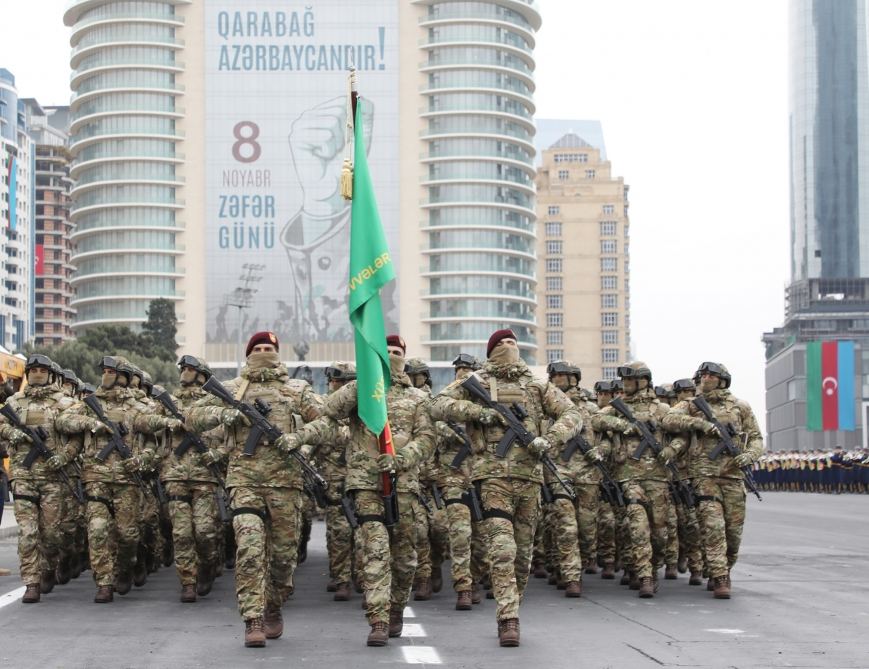

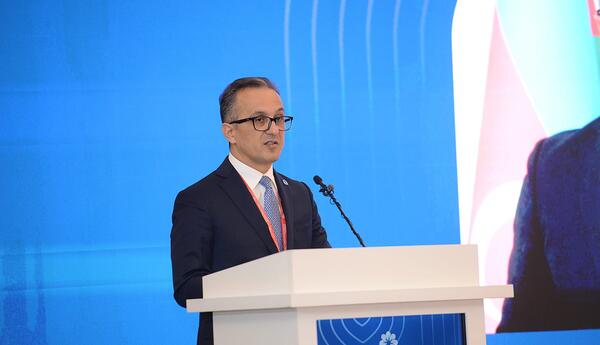
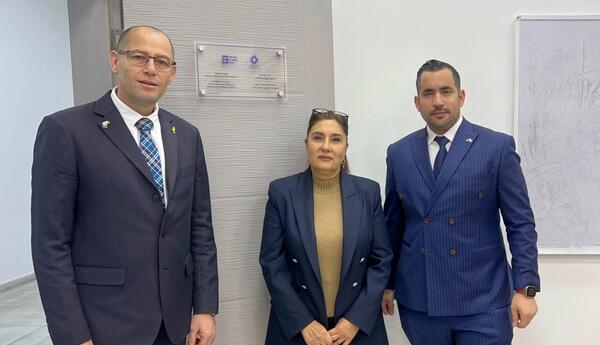
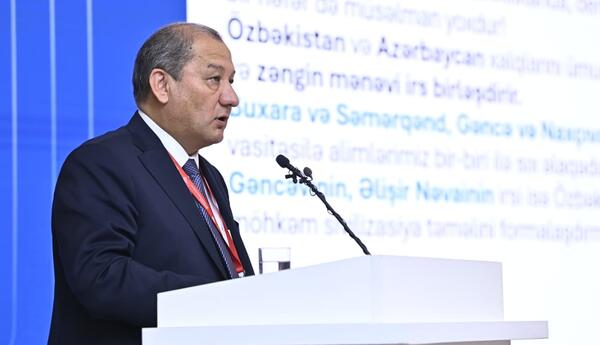
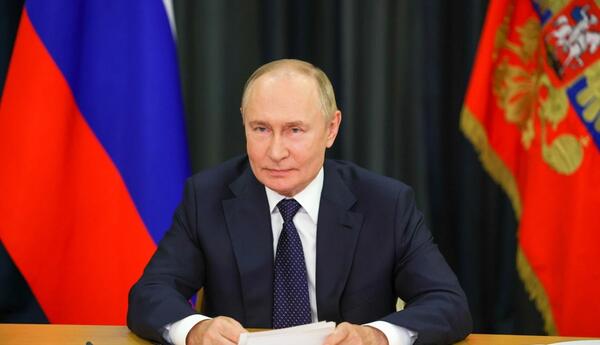

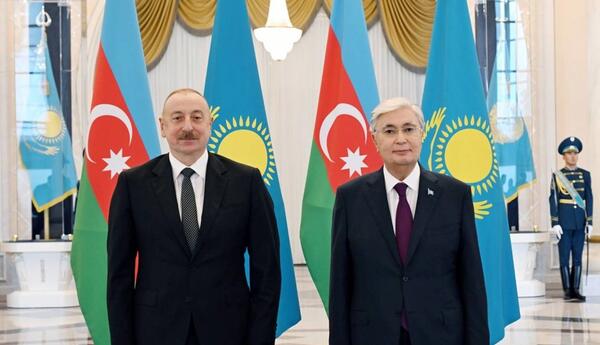

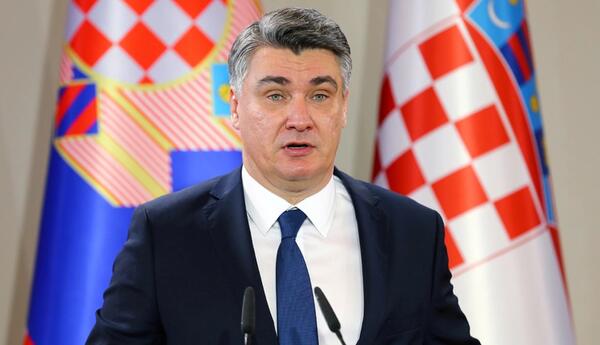
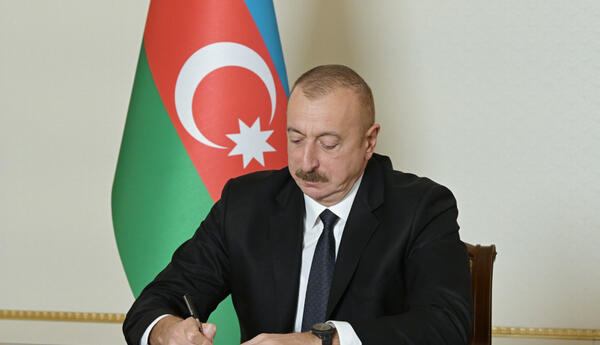
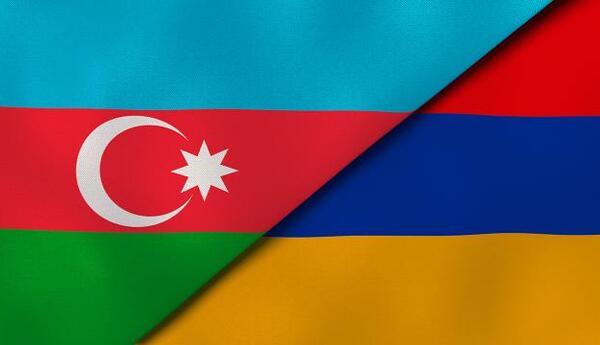






.jpg)
